Book launch: "Indian Railway Buildings: Heritage, History and Beyond" by Vinoo N. Mathur, organised by Niyogi Books
on Sep 22, 2022
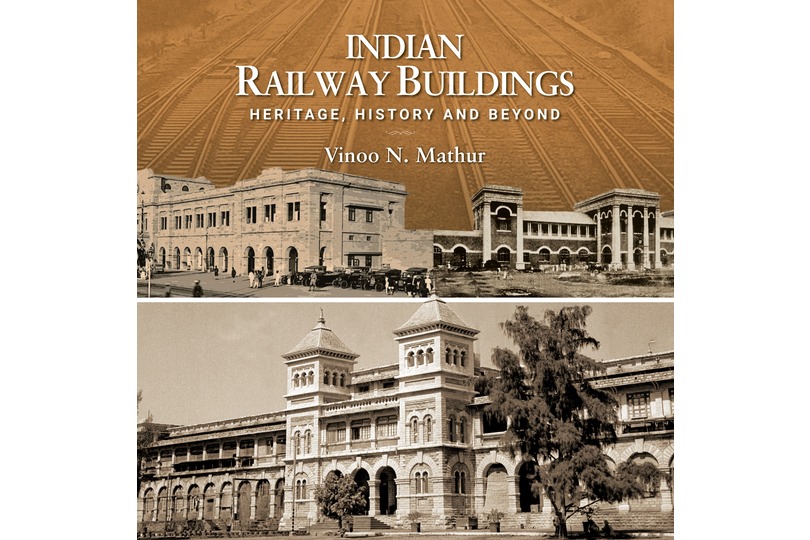
Niyogi Books is proud to announce the publication of Indian Railway Buildings: Heritage, History and Beyond by Vinoo N. Mathur.
The book was launched on 20th September 2022 (Tuesday) at 6.30 pm, at Seminar Halls I, II & III, Kamladevi Complex, India International Centre, New Delhi. The launch took place in the august presence of Bibek Debroy, author and Chairman, Economic Advisory Committee to the Prime Minister; Major General (Retd) L. K. Gupta, Chairman, INTACH; R. N. Singh, Secretary Railway Board.
Revealing the history of the iconic buildings of the Indian Railways, such as the Chhatrapati Shivaji Terminus, the volume explains the architectural styles of railway buildings like Classical Revival, Romanesque Revival, Gothic Revival, and Indo-Saracenic in detail. With over 400 images of heritage stations, railway institutes, schools and hotels, training establishments, and bungalows, it takes the reader on a nostalgic journey.
The author had the rare privilege of being associated with the Indian Railways for half a century, directly serving for 37 years. His long association, apart from professional responsibilities, led to his interest in various facets of the railways. One such was the rich architectural heritage of the Indian Railways, spanning almost 170 years. His motivation for the book is threefold. First to try and capture an aspect of the railways of the Raj, which is lesser known. Second, many Railway buildings are still landmark structures in several of India’s cities, and to highlight them. Finally to bring forward the relationship between the average citizen, rich or poor, with the railway station.
During the launch ceremony, Bibek Debroy, author and Chairman, Economic Advisory Committee to the Prime Minister, noted that while the older generation relates to the railways with a sense of nostalgia - with its steam-hissing engines, chai, food, and paraphernalia of the platforms - the young, who have grown up in an India with better road transportation and airline systems do not feel the same sense of nostalgia and heritage.
Mr. Debroy stressed the need for conservation of the heritage of the Railways, which cannot be done without documentation of its records as done by Mr. Mathur.
Congratulating the author, Sri RN Singh, Secretary Railway Board, observed that the relationships between average citizens, and the rich and poor, are apparent at the railway station. With the millions of footfalls they receive, stations have been a happening place in our lives and need to be celebrated. Most heritage stations were constructed pre-independence. Newer structures will also one day become our heritage and make us proud of India and the Railways. Our unique heritage helps make the journey more beautiful and this book is a reminder of the rich legacy we have with us.
Major General (Retd) L. K. Gupta, the Chairman, of INTACH, stressed the need to create local heritage at each station that would highlight the importance of the local culture of the place. According to him, railway buildings of the pre-independence era do not appeal to the masses as heritage due to their colonial vestiges, and there is a need to create a heritage that people can call their own.
Author, Vinno N. Mathur says, ‘Remarkable buildings were constructed in the first century of Railways in India, including General Offices, Institutes, Schools, Bungalows and Stations. Stations became public buildings with the greatest footfalls. A Mumbai Terminus eventually became a World Heritage Site. There was a fascinating range of architectural styles and whimsy of architects. I felt the need to celebrate this lesser-known aspect of rail heritage.’
Sir Mark Tully, Author, Journalist & Former Bureau Chief BBC, New Delhi describes the book as, ‘A treasure trove of architecture and art, a story of styles from the Classical Revival to twentieth-century minimalism, the history of the Raj’s finest buildings like Bombay VT and its most spectacular engineering, the hill railways, (both UNESCO World Heritage sites). It’s a thoroughly researched study of a subject little studied, essential reading for scholars, students of the Raj, railway lovers, and indeed anyone who likes good stories.’
Divay Gupta, Principal Director, Architectural Heritage, INTACH comments, ‘Like a train journey, the book covers a long distance in showcasing the vast diversity of our railway heritage. It features over 180 buildings from grand edifices to humble housing for junior staff. It is a panorama of architecture in India from the mid-19th to the mid-20th century, beautifully visualized through railway buildings. The book fills a huge gap in our knowledge of the magnificent infrastructure created by the railways. I hope this volume will be instrumental in bringing the unique heritage of railways to the forefront. It will be of great interest to architects, historians, and researchers.’
On publishing the book Trisha De Niyogi, Director and COO, Niyogi Books, says,
‘This book is sure to help readers rediscover the romance of the Indian railways through its iconic buildings. The historical nuggets and rare photographs will enchant readers and fill them with wonder at the architectural heritage of Indian Railway buildings.
ABOUT THE BOOK
From imposing railway terminuses in Indian cities to picturesque stations in small towns, the romance of the railways still remains. Indian Railway Buildings takes the reader on a fascinating journey through some of the most iconic railway buildings in India—buildings that were, and still are, landmark structures. Featuring historic information and many rare photographs about the construction of these structures, the author reveals interesting and little-known aspects of the heritage railway buildings of India, such as the Bengal Nagpur Railway House. It is the oldest and one of the finest Classical Revival buildings of the Indian Railways and is said to have been home to Nawab Wajid Ali Shah of Oudh while he was in exile in Garden Reach, Kolkata.
Focusing on the structures built during the mid-nineteenth to the mid-twentieth centuries, this book highlights the historical and architectural features of a significant number of railway buildings that were constructed during the days of the British Raj in India. Extensively researched and packed with historical facts, this book is a treasure for all those who love to travel or explore the styles and designs of buildings from the comfort of their homes. Rediscover the romance of the railways on a journey with Indian Railway Buildings: Heritage, History and Beyond…
ABOUT THE AUTHOR
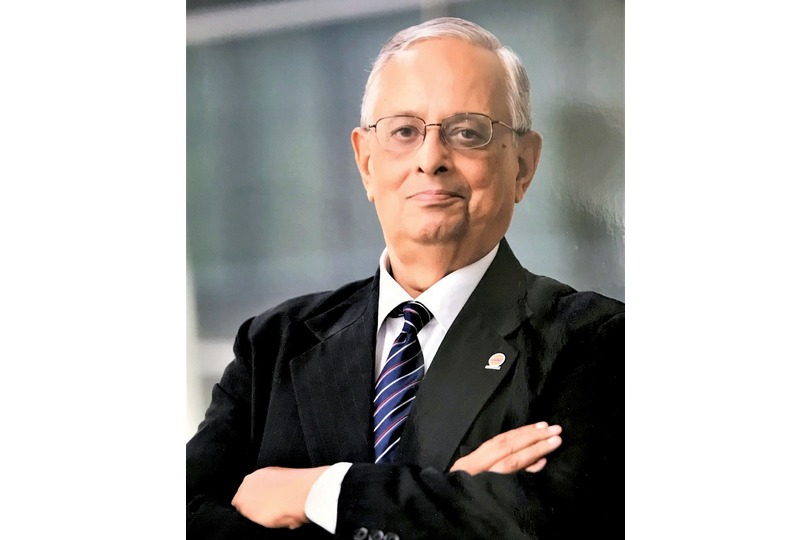 Vinoo Mathur was actively involved with the proposal for the Chhatrapati Shivaji Terminus, Mumbai, to be inscribed as a UNESCO World Heritage Site in 2004 and instrumental in initiating the proposal for the inclusion of the Kalka-Shimla Railway in the ‘Mountain Railways of India’, also a UNESCO World Heritage Site. He has worked for the Indian Railways from 1971 to 2008 in various capacities, including Divisional Railway Manager, Dhanbad; Secretary, Railway Board, and General Manager, Northern Railway. He retired as Member Traffic on the Railway Board. Post-retirement, he is an Advisor to Japanese consultants working on the Mumbai-Ahmedabad High-Speed Railway project.
Vinoo Mathur was actively involved with the proposal for the Chhatrapati Shivaji Terminus, Mumbai, to be inscribed as a UNESCO World Heritage Site in 2004 and instrumental in initiating the proposal for the inclusion of the Kalka-Shimla Railway in the ‘Mountain Railways of India’, also a UNESCO World Heritage Site. He has worked for the Indian Railways from 1971 to 2008 in various capacities, including Divisional Railway Manager, Dhanbad; Secretary, Railway Board, and General Manager, Northern Railway. He retired as Member Traffic on the Railway Board. Post-retirement, he is an Advisor to Japanese consultants working on the Mumbai-Ahmedabad High-Speed Railway project.
His interests include sports, wildlife, writing, and the conservation of rail heritage. He is the President of the Rail Enthusiasts’ Society.
ABOUT THE PUBLISHER
An internationally acclaimed publishing house, Niyogi Books, established in 2004, has more than 500 titles today. We not only specialize in textual context but also strive to give equal importance to visuals. We purvey a wide range of content on art, architecture, history, culture, spirituality, memoirs, and every aspect, which connects with our rich heritage. Under our umbrella, we have fiction and non-fiction that cover books on social science, cookery, and self-help as well as English translations of modern classics from different Indian languages. Niyogi Books have recently launched four new Imprints: Olive Turtle (English fiction), Thornbird (English Translation) and Paper Missile (non-fiction), and Bahuvachan (Hindi Translation: Fiction & Non-Fiction). Also, we have co-published a number of critically acclaimed books with reputed institutions like the British Library, Rietberg Museum Zurich, IGNCA, National Gallery of Modern Art, Ministry of Culture (Govt. of India), National Manuscript Mission, Sahitya Akademi, among many others.

.jpg)







.jpg)
.jpeg)
.jpg)
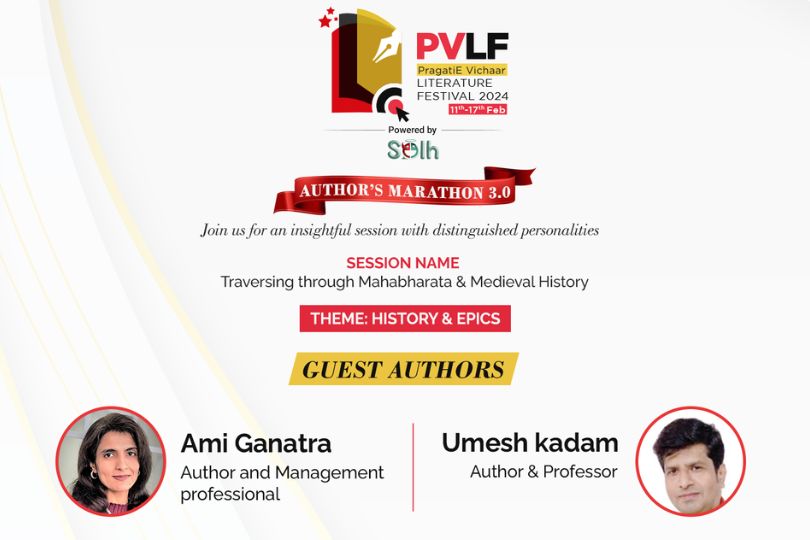
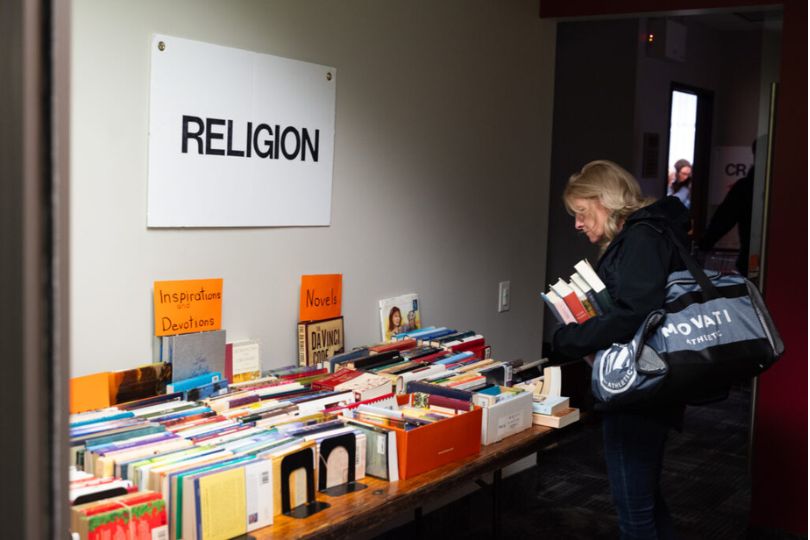

.jpg)
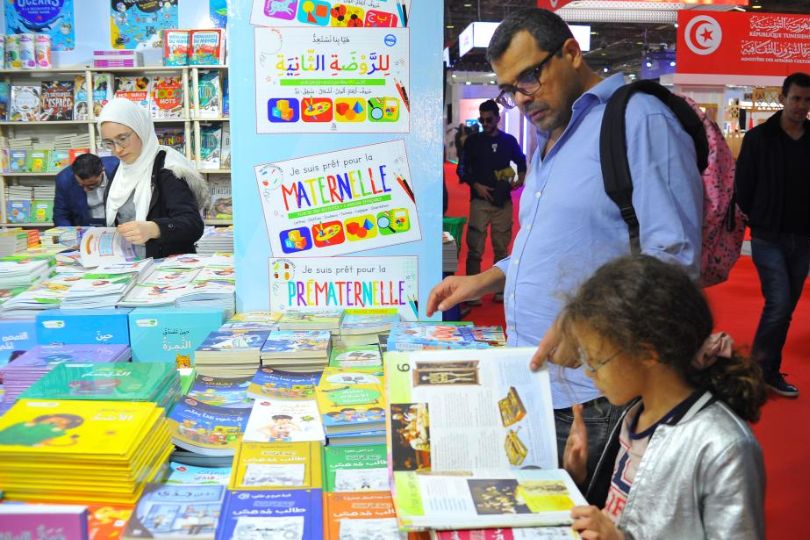
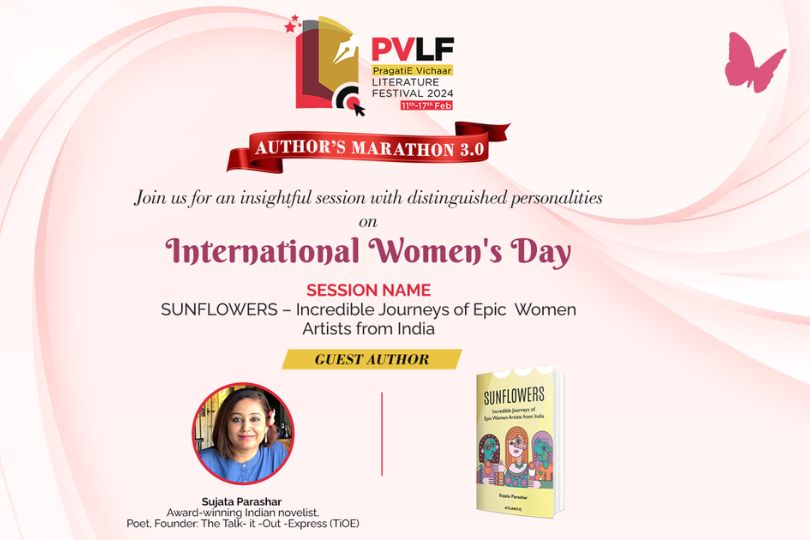
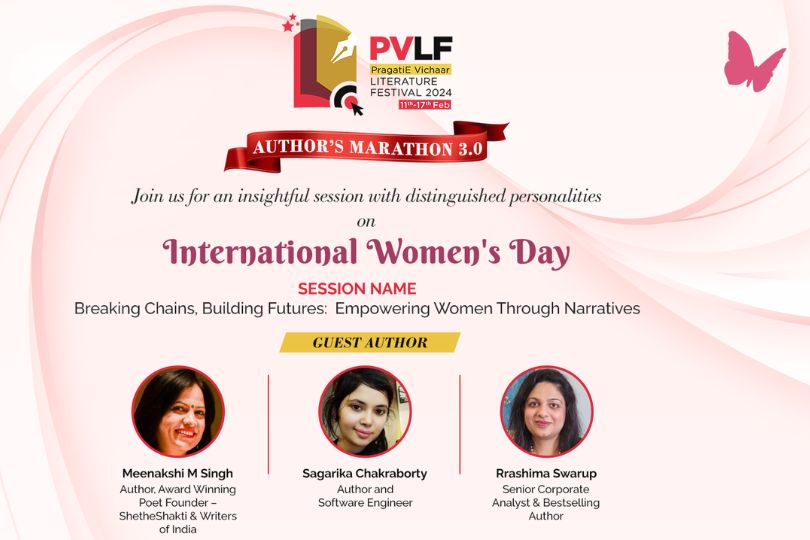
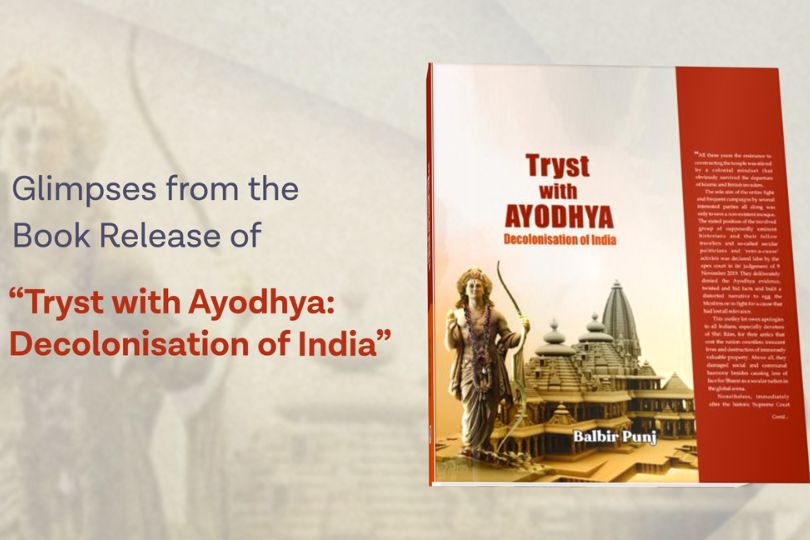
.jpg)
.jpg)



.jpg)
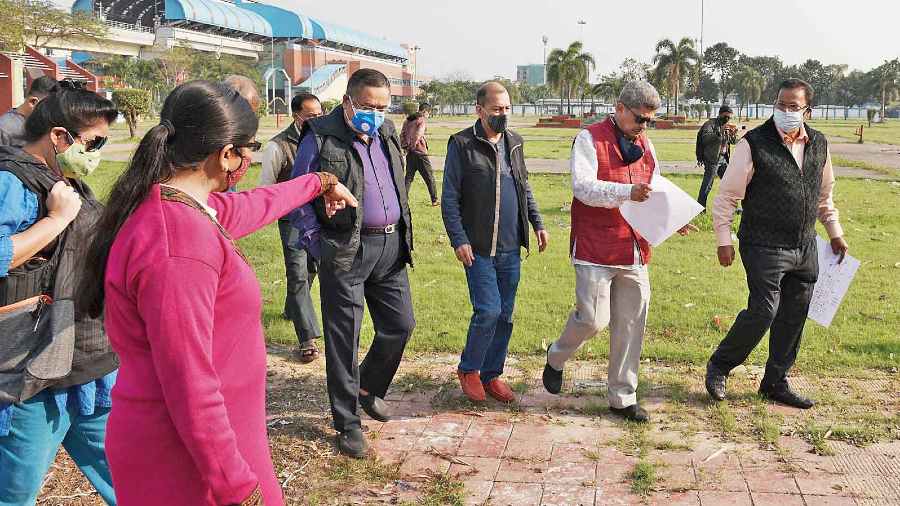
Sorry! No comment found for this post.